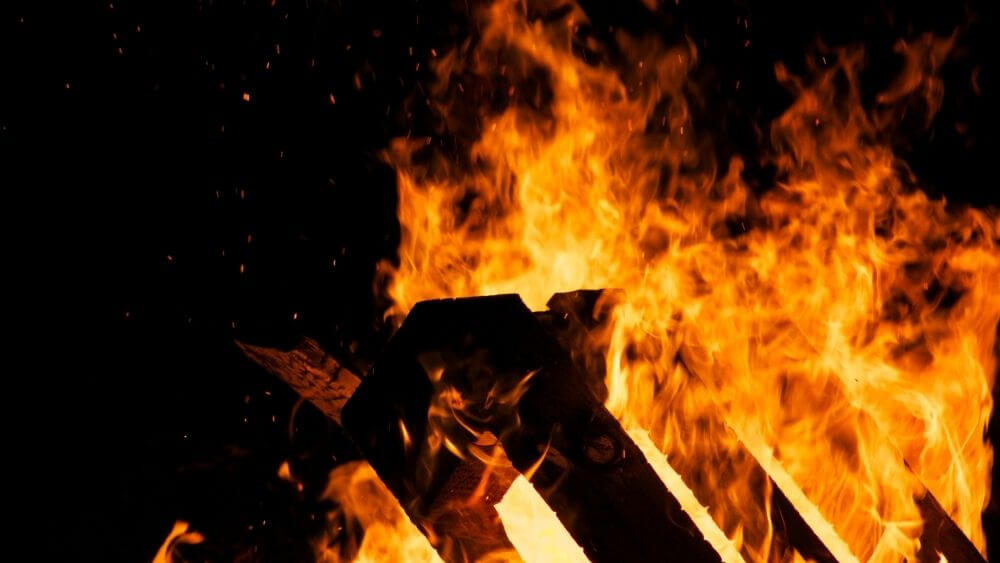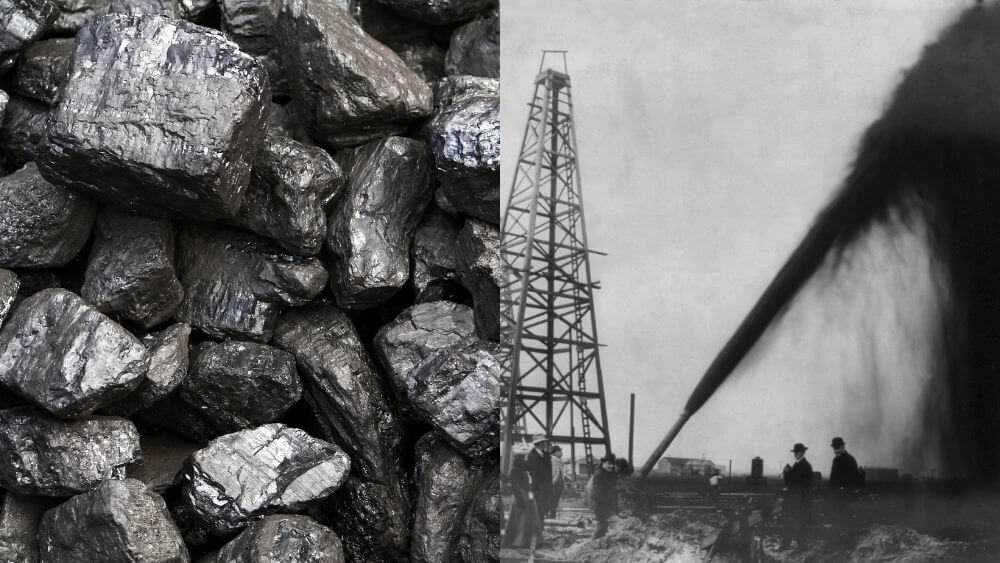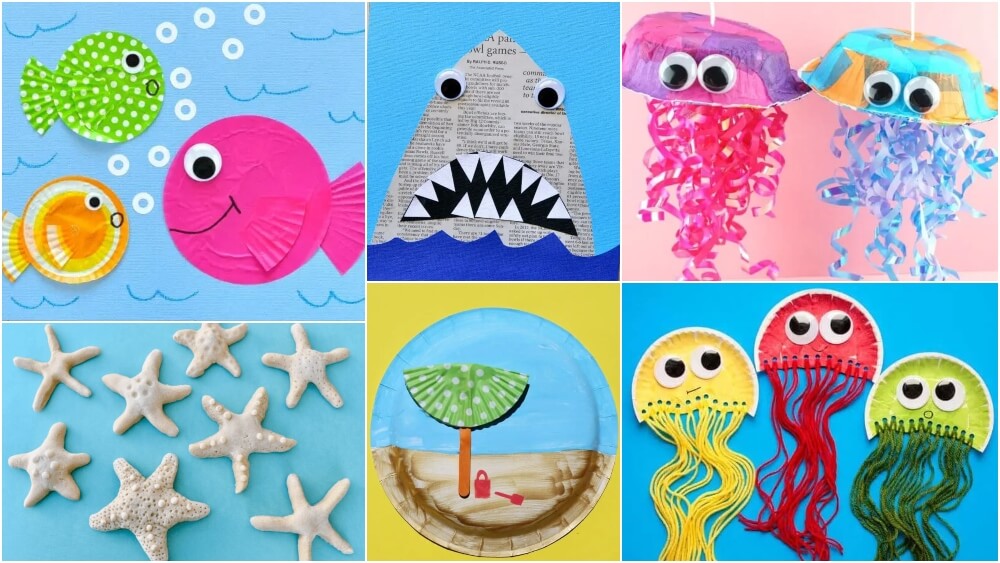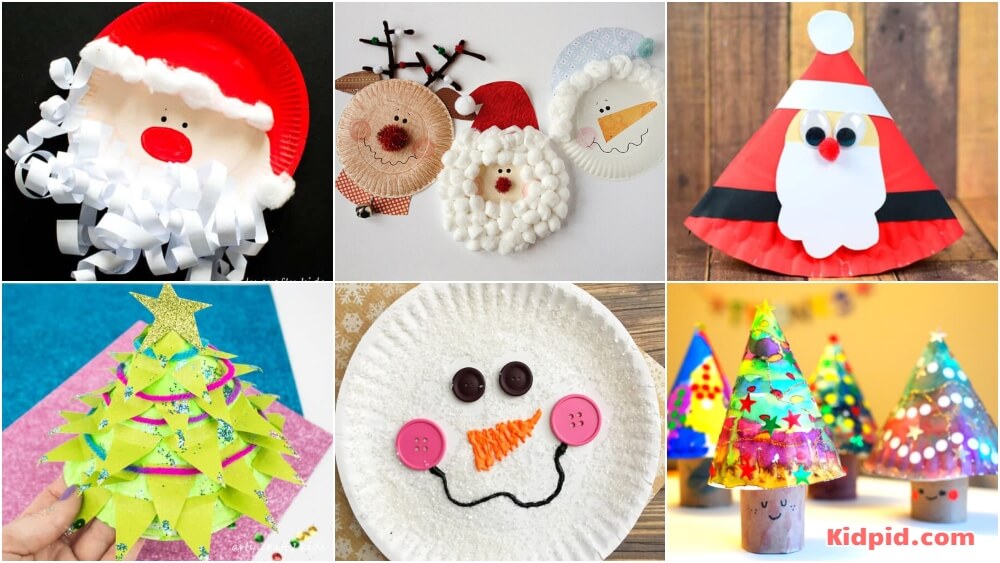Combustion and Flame

We are all familiar with fuels such as cow dung, coal, wood, charcoal, petrol, diesel, compressed natural gas(CNG), etc. The simplest example is the gas cylinders which are commonly used in the kitchen to generate fire for cooking. But how exactly do these fuels function to give us the heat that we need?
Contents
Fuel and Combustion:
Now, think of the experiment where you burned a magnesium ribbon. What was your observation? Magnesium burned in the presence of air(oxygen), to produce magnesium oxide and give off heat and light.
Combustion is the chemical process in which a substance reacts with oxygen to give off heat. Sometimes light is also given off during combustion, either as a flame or a glow. A substance that undergoes combustion is referred to as combustible; such substances are commonly called a fuel.
A fuel may be a solid, a liquid or a gas.
Thus, from this definition we can conclude that magnesium is combustible.
Experiment time:
Take a candle and light it. You will observe that the candle keeps burning freely. Now, take an inverted glass jar and place it on top of the candle. You will notice that after a while the flame of the candle is extinguished. Why does this happen? When the glass jar is placed over the candle, the supply of air or oxygen within the jar becomes limited.
The candle within the jar continues to burn, utilizing the oxygen. But once the oxygen is depleted, the candle can no longer burn and thus gets extinguished.
Thus, we can conclude that oxygen is essential for combustion.
Ignition Temperature:
We have seen that food items are fried by dipping them in hot cooking oil. In this case, although the oil is being heated by a continuous source of heat, it does not catch fire. On the other hand, if kerosene is heated a little, it readily catches fire. From this we can understand that substances require different amounts of heat to catch fire.
Ignition temperature can be defined as the lowest temperature required for something to catch fire.
Now that we know the definition of ignition temperature, we can clearly say that the ignition temperature of kerosene is lower than that of cooking oil.
Experiment Time:
Take two pieces of paper and fold them into cones. Now, add 50 ml of water to one of them. Take both the cones and place them over the flame of a candle or a bunsen burner. You will notice that the empty papercone catches fire while the cone filled with water does not. This is because the heat from the flame is transferred to the water in the paper cone by conduction. Due to this, the ignition temperature of the paper is not reached and hence it does not catch fire.
Inflammable substances – Materials that have a low ignition temperature and therefore catch fire easily are known as inflammable substances. Examples include petrol, diesel, liquid petroleum gas(LPG), etc.
Control of Fires:
You have often heard of fires breaking out, be it in a large factory or inside a small house. In either case, the goal is to control the fire, prevent it from spreading and to douse it efficiently.
There are three factors that are required for a fire:
- Fuel
- Air or Oxygen Supply
- Heat(in order to reach the ignition temperature of the fuel)
Therefore, by eliminating these factors one by one, a fire can be controlled.
For example, when a building is on fire, the fire brigade is contacted and they douse the fire as follows:
- The fire brigade pours water on the fire
- This cools the combustible material thereby lowering the temperature below its ignition temperature; this prevents the spread of fire.
- Water vapors are generated during the process; it forms a blanket over the combustible material and thereby cuts off the oxygen supply.
- Thus, two of the factors required for a fire, heat and oxygen supply are controlled. The fuel in this case is the building itself and therefore cannot be eliminated.
Uses of a Fire Extinguisher:
Now, clearly water is the most obvious choice when it comes to putting out fires. But water cannot be used to put out certain kinds of fires and in fact, may even worsen the situation.
- A fire caused by electrical equipment cannot be put out by water as water conducts electricity and poses the threat of electrocution.
- Fires caused by oil cannot be put out with water. This is because oil is lighter than water and thus the water sinks below the oil while the oil keeps burning.
These situations require a fire extinguisher.
- CO2 is stored within fire extinguishers
- When released, the gas expands enormously and and cools down
- This lowers the temperature of the fuel, preventing the spread of fire
- The blanket of CO2 formed also cuts off the oxygen supply to the fire
Therefore, CO2 is an excellent fire extinguisher. Also, dry powders of chemicals such as sodium bicarbonate(baking soda) and potassium bicarbonate can be used as these chemicals give off CO2 near a fire.
Types of Combustion:
- Rapid combustion – You must have seen how a kitchen stove is lit. The knob of the stove is turned on and a lighter or a burning match is brought near the burner. The gas rapidly burns, producing heat and light. This is known as rapid combustion.
- Spontaneous Combustion: Substances like phosphorus burn in air at room temperature. The phenomenon in which a substance spontaneously bursts into flames is known as spontaneous combustion.
- Explosion: Think of a firecracker. When it is ignited, there is a sudden emission of heat, light and sound accompanied by release of gases. Such a reaction is referred to as an explosion.
Flame and its Structure:
When we light a matchstick or candle, we observe a flame. But burning coal does not generate any visible flame. So, why is a flame produced?
- Only substances that vapourise on burning produce a flame.
- Inflammable substances such as kerosene and molten wax rise through the wick and vapourise while burning and therefore, a flame is produced.
- Coal does not vapourise during burning and although it becomes red hot at high temperatures, flames are not produced on burning coal.
Structure of Flame:
Light a candle. Introduce a glass slide into the luminous zone(near the wick) of the flame. You will observe the formation of a blackish ring on the slide. This is nothing but the deposition of unburnt carbon particles present in the luminous zone of the flame. Now, if a thin, long copper wire is introduced just in the non-luminous zone of the flame, the portion of the wire just outside the flame becomes red hot. From this we can conclude:
- The non-luminous zone of the flame is the hottest; it is known as the outer zone of complete combustion(blue)
- The middle zone of partial combustion is yellow and is moderately hot
- The innermost zone of unburnt wax vapours is black and it is the least hot part of the flame.
Fuel and Fuel Efficiency:
Substances such as wood, charcoal, petrol, kerosene, etc. are used as a source of heat energy for domestic and industrial purposes. These substances are known as fuels.
Characteristics of a good fuel:
- It is cheap
- Burns at a moderate rate in air
- Produces a large amount of heat
- Does not leave behind any undesirable residues
There is no such fuel that can be considered as an ideal fuel. So, a fuel which fulfills majority of the criteria is usually used.
The amount of heat energy produced on complete combustion of 1 kg of a fuel is its calorific value. The unit of calorific value is kilojoules/kg, where joules is a unit of energy. For example, coal, wood and cow dung can be individually used to boil a pot of water, but the amounts of each these fuels required varies because each of them generate a different amount of heat i.e., they have different calorific values.
Harmful Effects of Fuel Burning:
- Carbon fuels such as coal, wood, petroleum generate fine, unburnt carbon particles. These are harmful pollutants and can cause asthma and other respiratory diseases.
- Incomplete combustion of carbon fuels produces carbon monoxide gas, a poisonous gas.
- Burning of the majority of fuels produces carbon dioxide. Increased concentration of CO2 is one of the factors responsible for global warming.
- Burning coal and diesel produces sulphur dioxide, a corrosive and suffocating gas. Gaseous oxides of nitrogen are produced by petrol engines. Rain dissolves these oxides of sulphur and nitrogen, producing their acids. This falls to the earth as acid rain and is very harmful for crops, buildings and soil. Compressed Natural Gas (CNG) is being introduced as an alternative for diesel and petrol since burning CNG produces very small amounts of harmful gases.
Summary:
- Combustion
- Fuel
- Ignition Temperature
- Inflammable substances
- Essential factors required for a fire
- Control of fire
- Fire extinguisher
- Types of Combustion
- Flame and its Structure
- Fuel and Fuel Efficiency
- Characteristics of a good fuel
- Harmful Effects of Fuel Burning






Responses